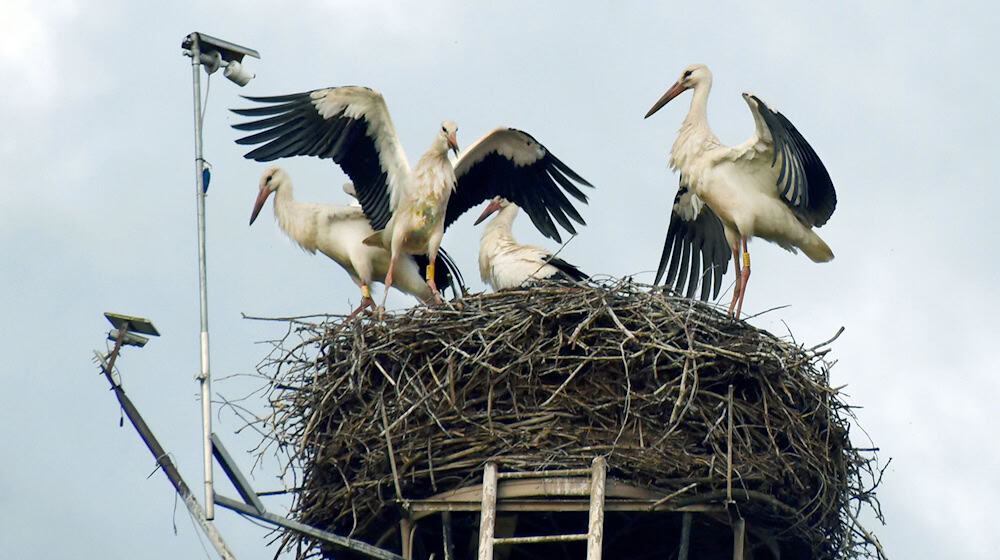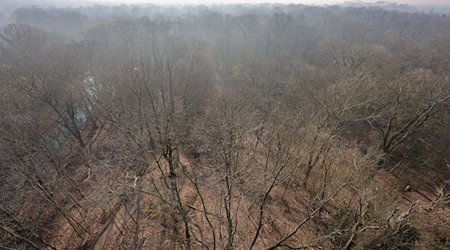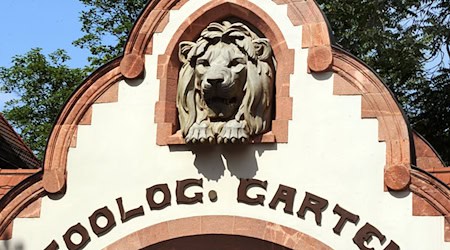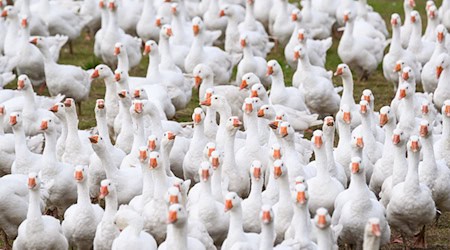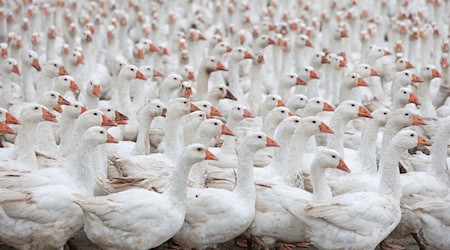Saxony's young storks have apparently left for the south a little earlier than usual this year. "Overall, this year's migration appears to be about one to two weeks earlier than usual," said a spokesperson for the state association of the German Nature and Biodiversity Conservation Union (Nabu). The first test flights had already taken place in mid-June. According to Nabu, more than 130 storks were counted on a field near Rußdorf in the district of Zwickau at the beginning of August, with around 80 birds leaving the area a little later after using the thermals - i.e. after warm updrafts had enabled them to ascend with less effort.
Stork peak near Leipzig: record number of nests
According to Nabu, there is a general upward trend in the stork population in Saxony. Although exact overall figures are not yet available, a record has been set in the Leipzig survey area since counts began in 1960: Around 160 nests were occupied for at least four weeks this season. Around 270 young storks are expected to have fledged there - the second-best result in the statistics after 292 in the previous year.
Despite the positive trend, the breeding success was not without setbacks: Drought and cool phases in spring limited food availability and impaired breeding success in some nests, explained the Nabu spokesperson. "Field observations and webcam recordings show that the number of young raised was reduced in several nests."
About a quarter of the breeding pairs in the Leipzig area did not fledge any young birds this year. In addition to the weather conditions, a high proportion of first-time breeders and the failure of a partner to return also played a role.
Between upswing and danger
River floodplains, pond landscapes and extensively farmed agricultural land remain typical focus areas for Saxony's stork population. Regional increases in the Delitzsch-Eilenburg area and in the district of Leipzig are striking, while in the Elbe region around Torgau some established nests have remained unoccupied. In the long term, the loss of suitable feeding areas - for example due to land sealing - remains a relevant risk.
Copyright 2025, dpa (www.dpa.de). All rights reserved

